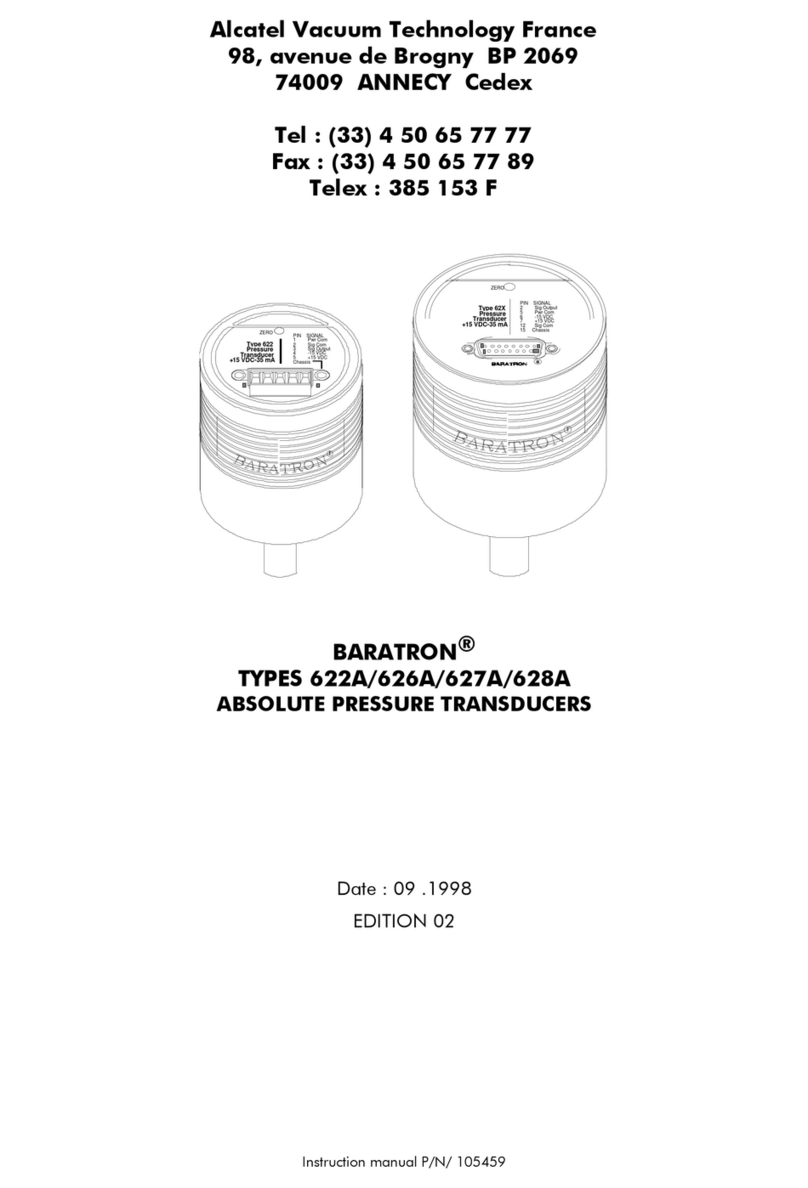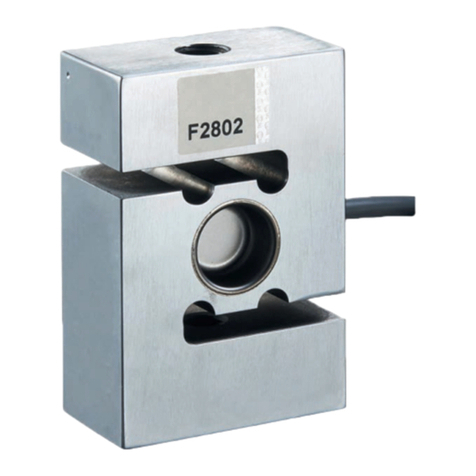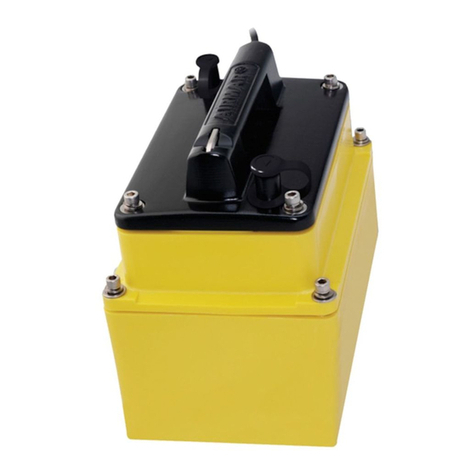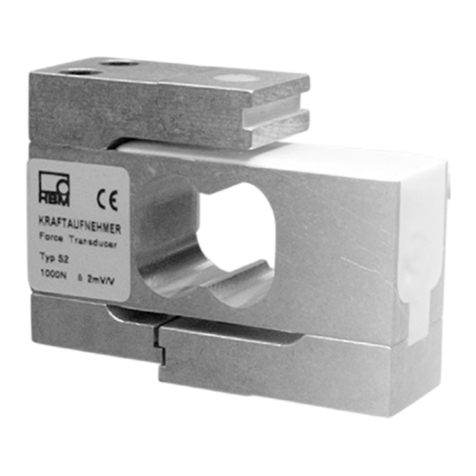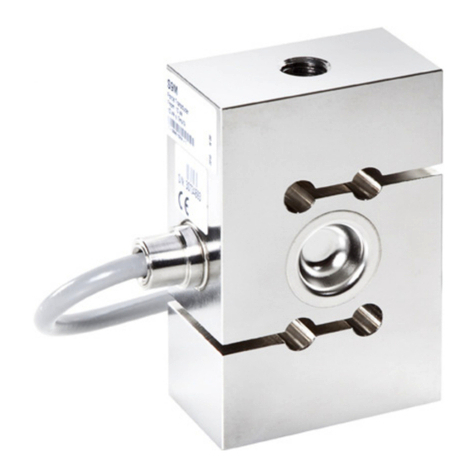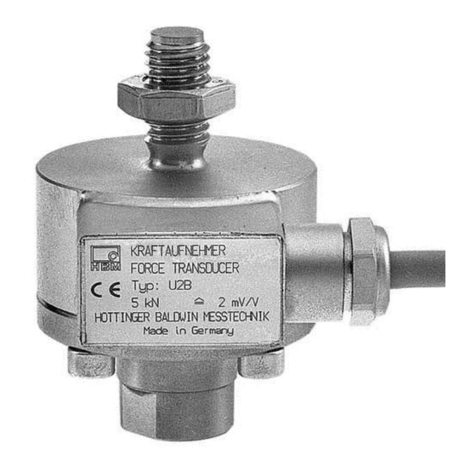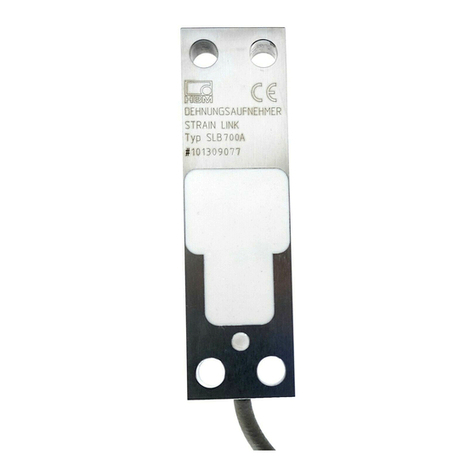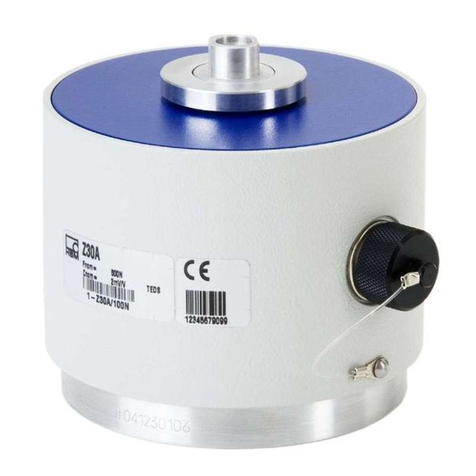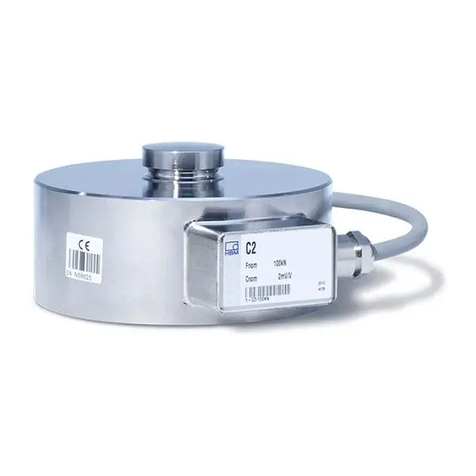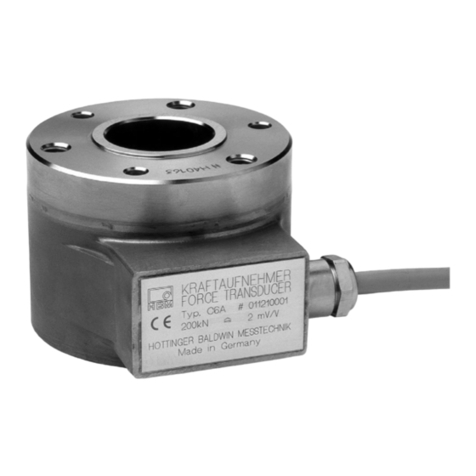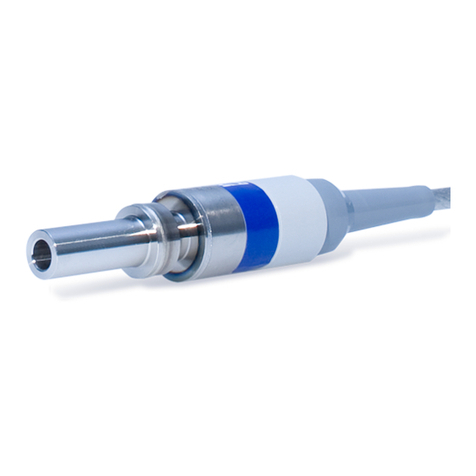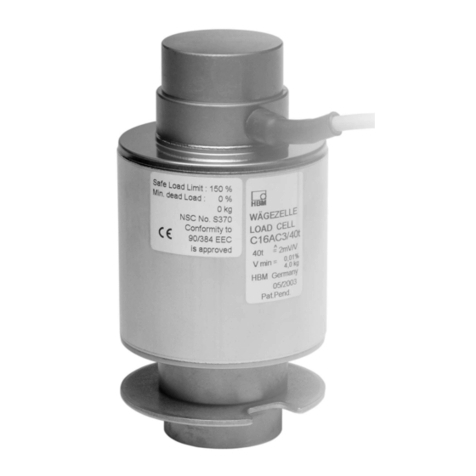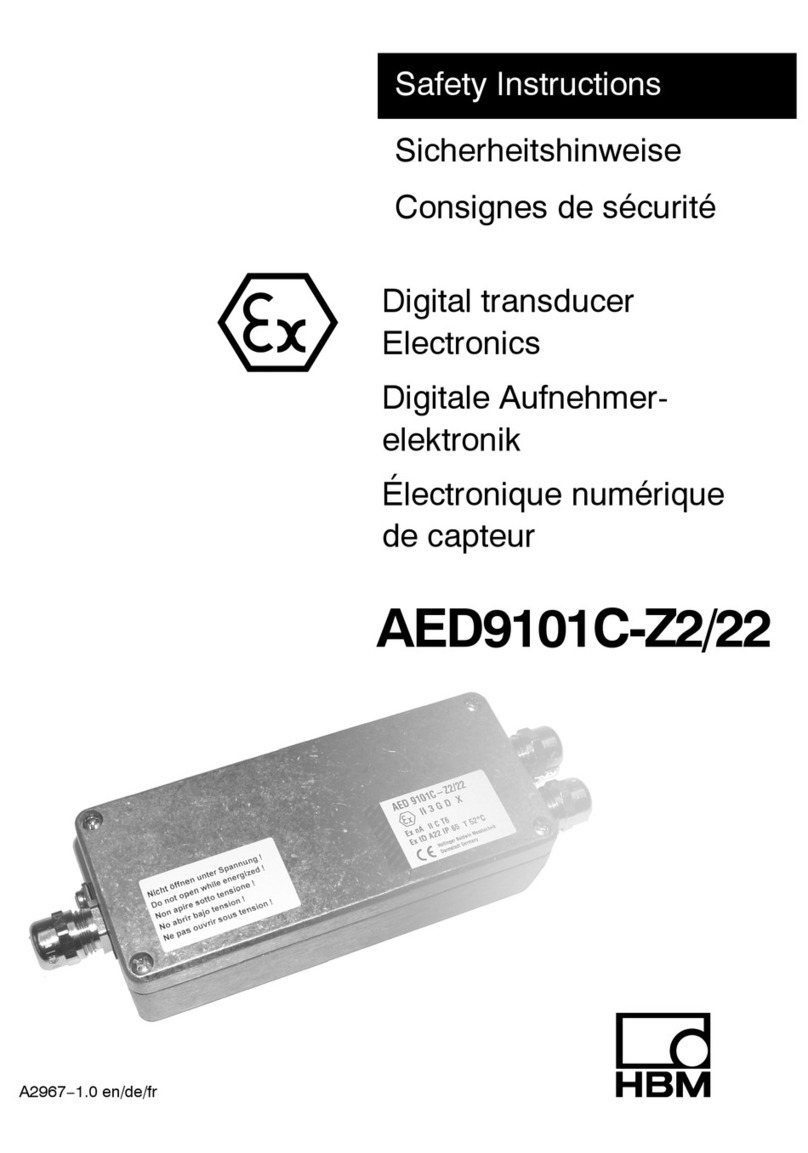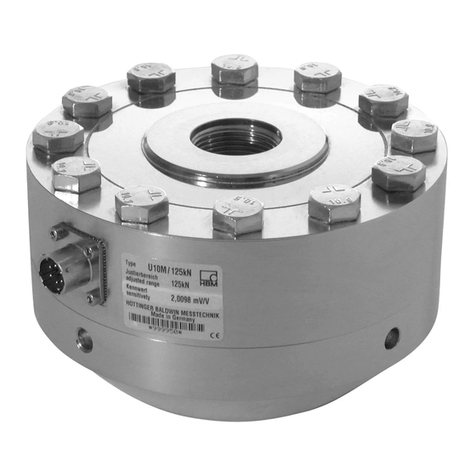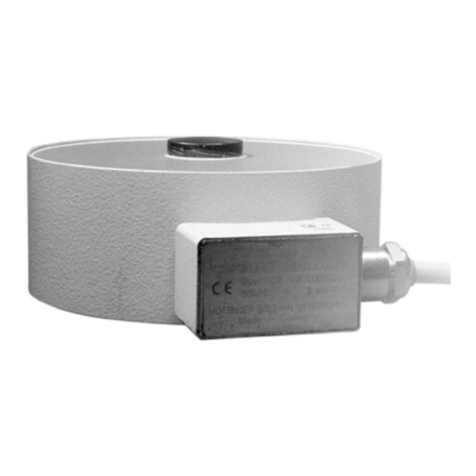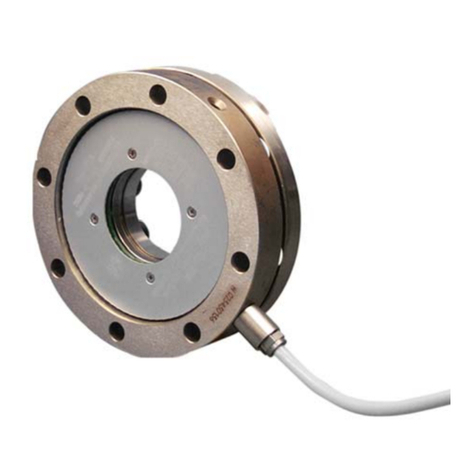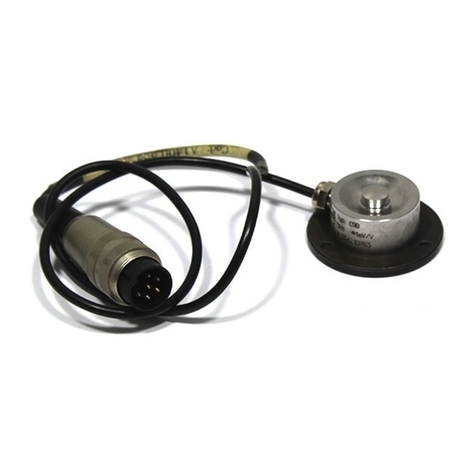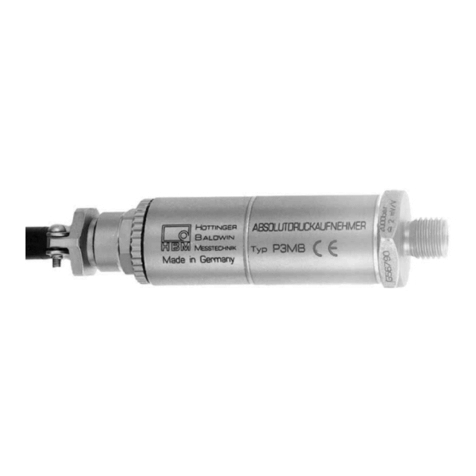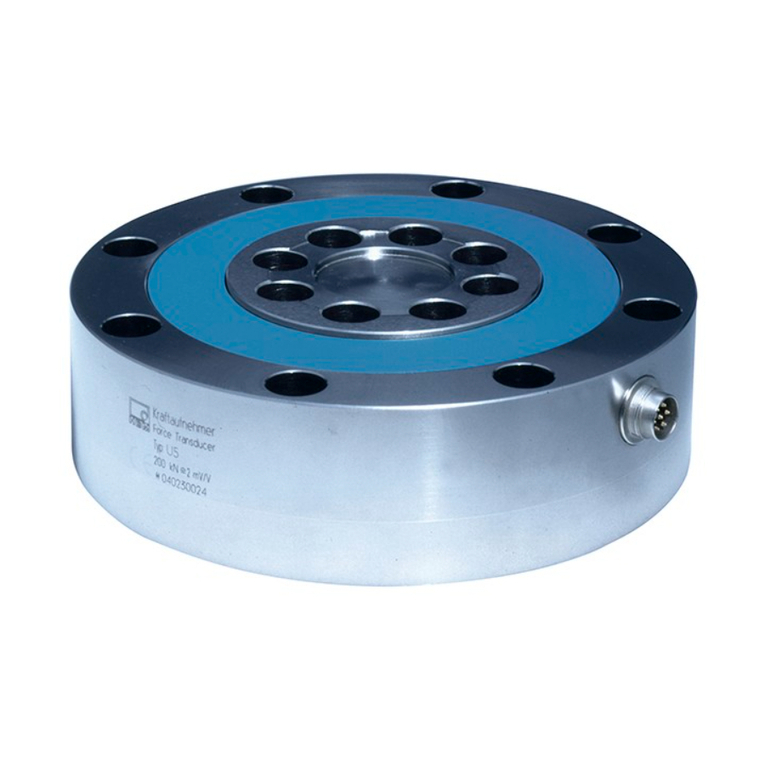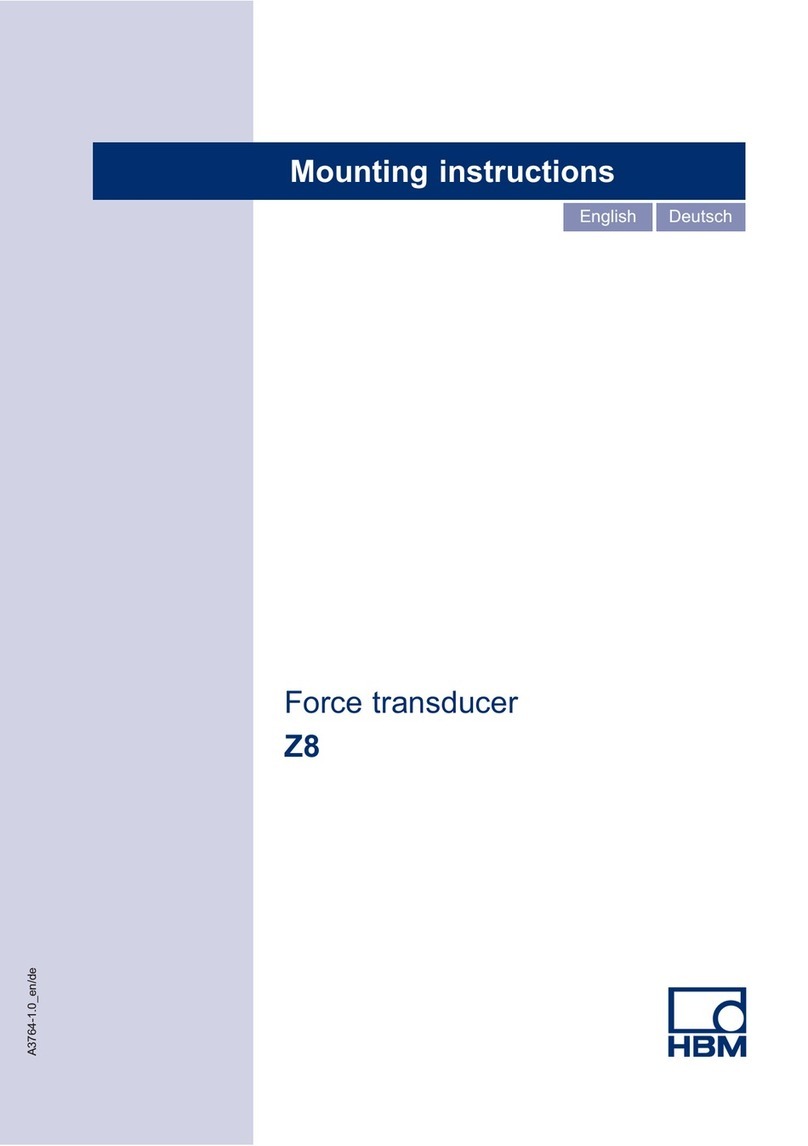
Safety Instructions
6A0674-5.0 HBM: public C2
The electronics conditioning the measurement signal
should be designed so that measurement signal failure
does not subsequently cause damage.
General dangers of failing to follow the safety
instructions
Force transducers are state-of-the-art and reliable. There
may be dangers involved if the transducers are mounted,
set up, installed and operated inappropriately, or by
untrained personnel. Every person involved with setting
up, starting-up, operating or repairing a force transducer
must have read and understood the mounting instruc
tions and in particular the technical safety instructions.
The force transducers can be damaged or destroyed by
non-designated use of the force transducer or by non-
compliance with the mounting and operating instructions,
these safety instructions or other applicable safety regu
lations (BG safety and accident prevention regulations)
when using the force transducers. A force transducer can
break, particularly in the case of overloading. The break
age of a force transducer can cause damage to property
or injury to persons in the vicinity of the force transducer.
If force transducers are not used as intended, or if the
safety instructions or specifications in the mounting and
operating instructions are ignored, it is also possible that
a force transducer may fail or malfunction, with the result
that persons may be injured or property damaged (due to
the loads acting on or being monitored by the force trans
ducer).
The scope of supply and performance of the transducer
covers only a small area of force measurement technol
ogy, as measurements with strain gage sensors presup
pose the use of electronic signal processing. Equipment
planners, installers and operators should always plan,
implement and respond to the safety engineering consid



